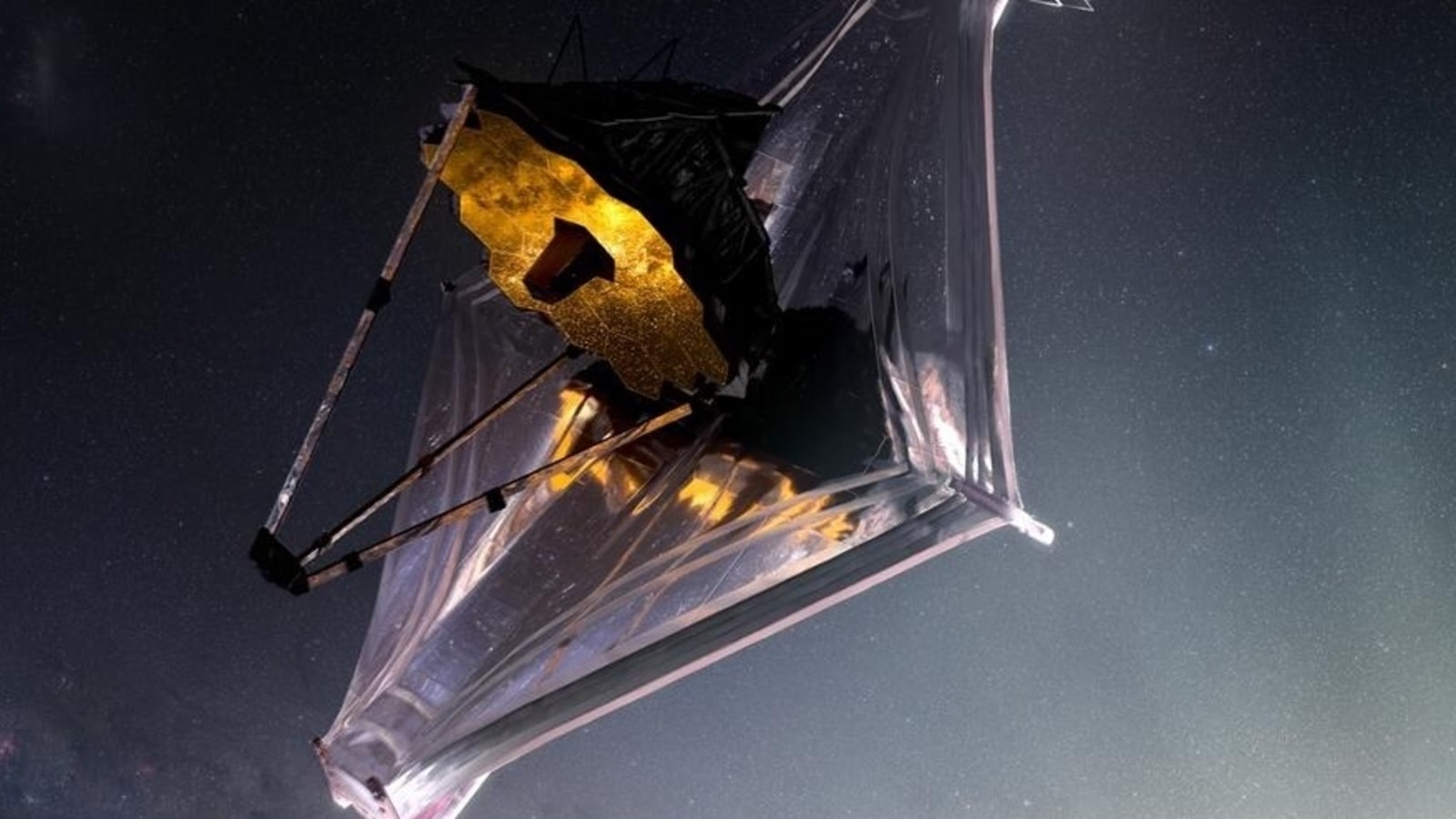
January
The yr 2022 began on a excessive word with the world ready for the James Webb Space Telescope (JWST) to achieve its ultimate place 1.5 million kilometers from Earth, which it did. And very quickly we have been in a position to see the universe like by no means earlier than.
January additionally introduced the very best proof to date that the widespread Epstein-Barr virus is the principle reason for Multiple Sclerosis (MS).
For the primary time, an individual acquired a genetically modified coronary heart from a pig. The hope is that in the future extra folks will get organ transplants after they want one even when a human organ is unavailable. But on this first try the affected person died two months later.
February
In February, it was introduced that the International Space Station (ISS), an indicator of area cooperation, peace and analysis would retire by 2031 and relaxation on the backside of the Pacific Ocean when it returns to Earth.
March
March turned an essential month for aphasia consciousness when it was announcement that Bruce Willis had been recognized with the language dysfunction and consequently was ending a decades-long profession in appearing.
Also in March, a examine estimated that the variety of deaths attributable to the COVID-19 pandemic to be round 18 million globally. This was 3 times the quantity reported by the World Health Organization (WHO).
And when the wreck of Shackleton’s ship Endurance was found in Antartica, it was hailed “one of the biggest achievements in polar history and polar science.”.
April
In April, analysis steered human gene mutations might be strongly linked with the chance of an individual growing schizophrenia. An extra 120 genes have been recognized as taking part in a job as properly.
Other analysis defined how psilocybin, a psychedelic compound present in magic mushrooms, might be efficient in treating despair. But it is essential that folks don’t “self-medicate”: the psychoactive component was examined in a managed setting.
May
In May, the Event Horizon Telescope crew mentioned it had captured the primary picture of a supermassive black gap on the heart of our Milky Way galaxy.
Then we realized that seven hours of sleep are finest for cognitive efficiency and good psychological well being, after outcomes from an enormous examine with 500,000 individuals have been launched.
And with humanity nonetheless battling the COVID-19 pandemic, the month of May was hit with yet one more little bit of viral news when monkeypox instances began to emerge internationally. The WHO has since modified the title of the virus to Mpox.
June
In June, researchers at Germany’s Alfred Wegener Institute predicted “dramatic losses” of the Siberian tundra by the center of the millennium as a result of world heating. They mentioned the tundra could disappear.
Then, including to the numerous wonderful astronomy occasions this yr, it was a selected deal with when 5 planets — Mercury, Venus, Mars, Jupiter and Saturn — aligned with a crescent moon.
July
In July, DW’s Science crew checked out life as a LGBTQ scientist and the challenges and discrimination that folks face.
There was thrilling particle physics news: scientists engaged on the world’s largest and strongest collider, the Large Hadron Collider (LHC), introduced that they’d found three new particles.
And then it was time for one of the vital awaited moments of 2022 in science: scientists unveiled the primary pictures from the JWST. The pictures revealed a deep take a look at the universe with unprecedented element and indicators of water vapor on a planet 1,150 light-years from Earth.
August
In August, a examine steered that milk consumption won’t be the explanation why historical people advanced the capability to digest lactose as adults.
We obtained a greater understanding of lengthy COVID with the findings from a examine with 1.2 million sufferers carried out over a two-year interval.
For virtually 120 years, the writing system generally known as “Linear Elamite” was thought-about unreadable. But that modified when a crew of archaeologists mentioned they’d partially deciphered the writing system.
September
In September, area scientists achieved one thing virtually sci-fi, with humanity’s first try to nudge an asteroid’s trajectory by hitting it actually onerous with an automatic spacecraft. That was NASA’s DART mission, a check to see how we’d in the future defend Earth from asteroid impacts.
October
October began as ever with the Nobel Prize bulletins. These have been the winners in science:
Medicine was awarded to Svante Paabo for analysis into how human beings advanced.
Physics was awarded to Alain Aspect, John F. Clauser and Anton Zeilinger for his or her work on quantum mechanics.
And Chemistry was awarded to Carolyn R. Bertozzi, Okay. Barry Sharpless and Morten Meldal for growing a approach of snapping molecules collectively.
Also in October, we realized that relationship archeological objects primarily based on the Earth’s magnetic area might assist pinpoint the dates of biblical army campaigns.
And this yr’s World Polio Day got here with a reminder that the illness was current in two nations and vaccine-derived types had been reported in UK and US wastewater.
November
Our understanding of human historical past took a step ahead with findings that early people cooked meals as early as 780,000 years in the past and never solely 170,000 years in the past as was beforehand thought.
On November 16, Artemis I, an uncrewed mission to the moon lastly launched after quite a few scrubbed makes an attempt earlier within the yr. The Artemis program’s purpose is to take people again to the moon, construct a base there and journey on to Mars.
December
And lastly, in December, the US National Ignition Facility (NIF) introduced that researchers there had made a breakthrough in fusion power. Nuclear fusion is what powers the solar and scientists hope it is going to turn into a part of future, sustainable power sources. But there’s a lengthy option to go but.
Edited by: Zulfikar Abbany




